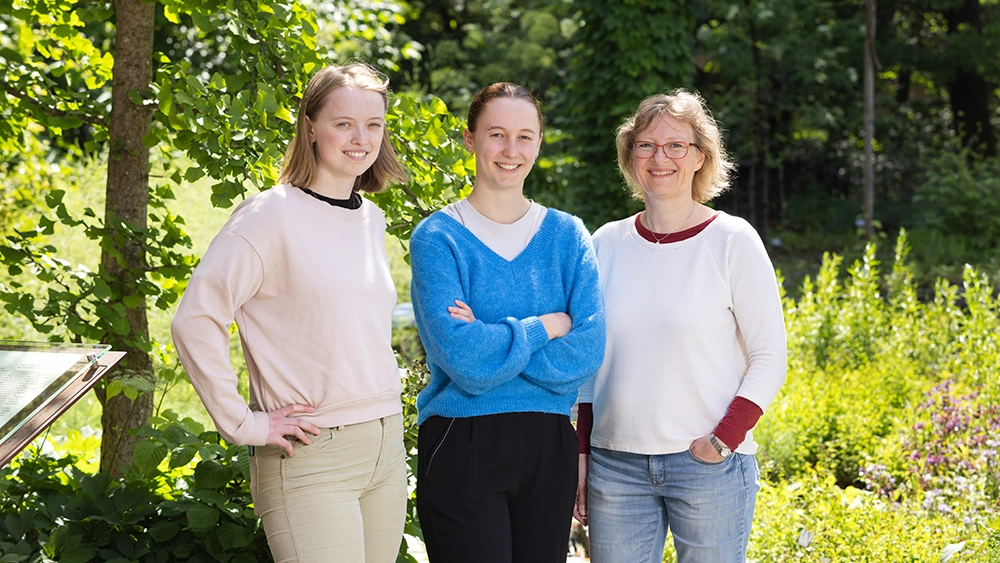We meet them in a noisy, climate-stable lab, at Kristine Bonnevie's house, where they are ready for today's task – measuring the C02 uptake in blueberries, crowberries, lingonberries and heather. For this they use an instrument, in addition to counting leaves, measuring the length of the plant, and checking for the presence of flowers or fruits. Data is recorded, and eventually they will analyze the findings.
In this research project, they use dwarf shrubs (collective term for among others blueberries, crowberries, lingonberries, heather) that grow all over Norway. Supervisor Ane Vollsnes, researcher at Section for Genetics and Evolutionary Biology, UiO, herself has traveled to Kautokeino and Senja in the north, as well as Lygra and Kaupanger in the south of Norway to collect samples. Due to varying climatic conditions in the regions where these dwarf shrubs grow, they are using a climate-controlled growth room to test a hypothesis about differences in adaptation within species.

The summer project is part of a larger research project DURIN - The underappreciated role of dwarf shrubs in responding to and influencing global climate change, which is a collaborative project with the University of Oslo, the University of Bergen and several other institutions.
Maren and Marie Kristine are both in the final phase of their bachelor's programme in bioscience and will start their master's degree in the autumn. They are very pleased with gaining laboratory experience and the opportunity to put knowledge into practice. They applied for this project because of their academic interest, and the fact that the project also focuses on climate change made it even more relevant for them.
A popular initiative among students
UiO:Life Sciences offers summer projects for students for the seventh year in a row. For a period of six weeks, students receive a scholarship to contribute to a research project. To be accepted as a summer student, candidates must apply early as the quota fills up quickly. Then, a matchmaking seminar is organized where the student and the project supervisor rank each other. Approximately half of the applicants are offered a summer project.
The aim of the summer research projects is to provide the students with practical experience of real research that addresses a social challenge within health or environment. It is also desirable that the projects provide the students with insight into interdisciplinary research.
Read more about summer research projects for students
